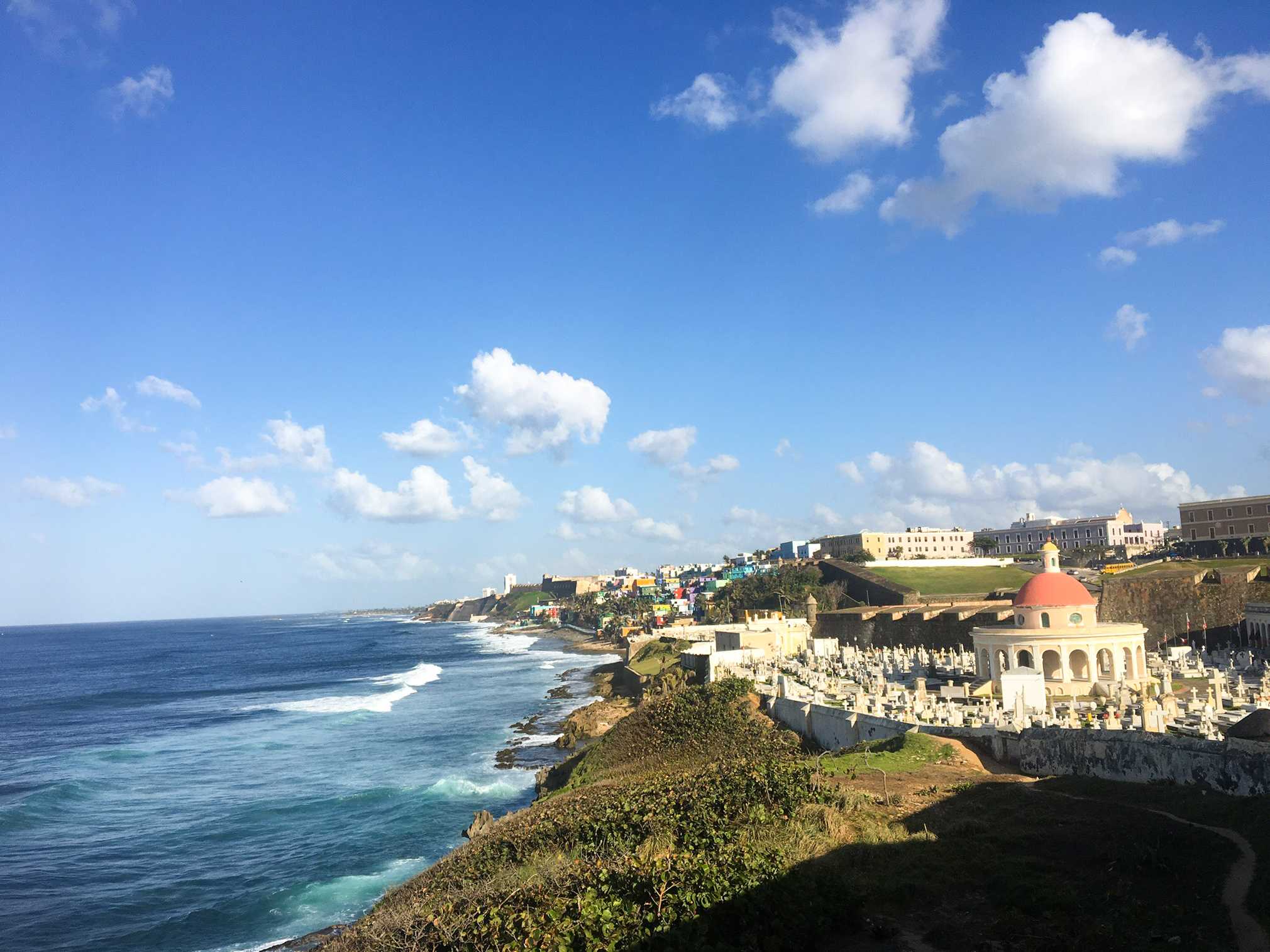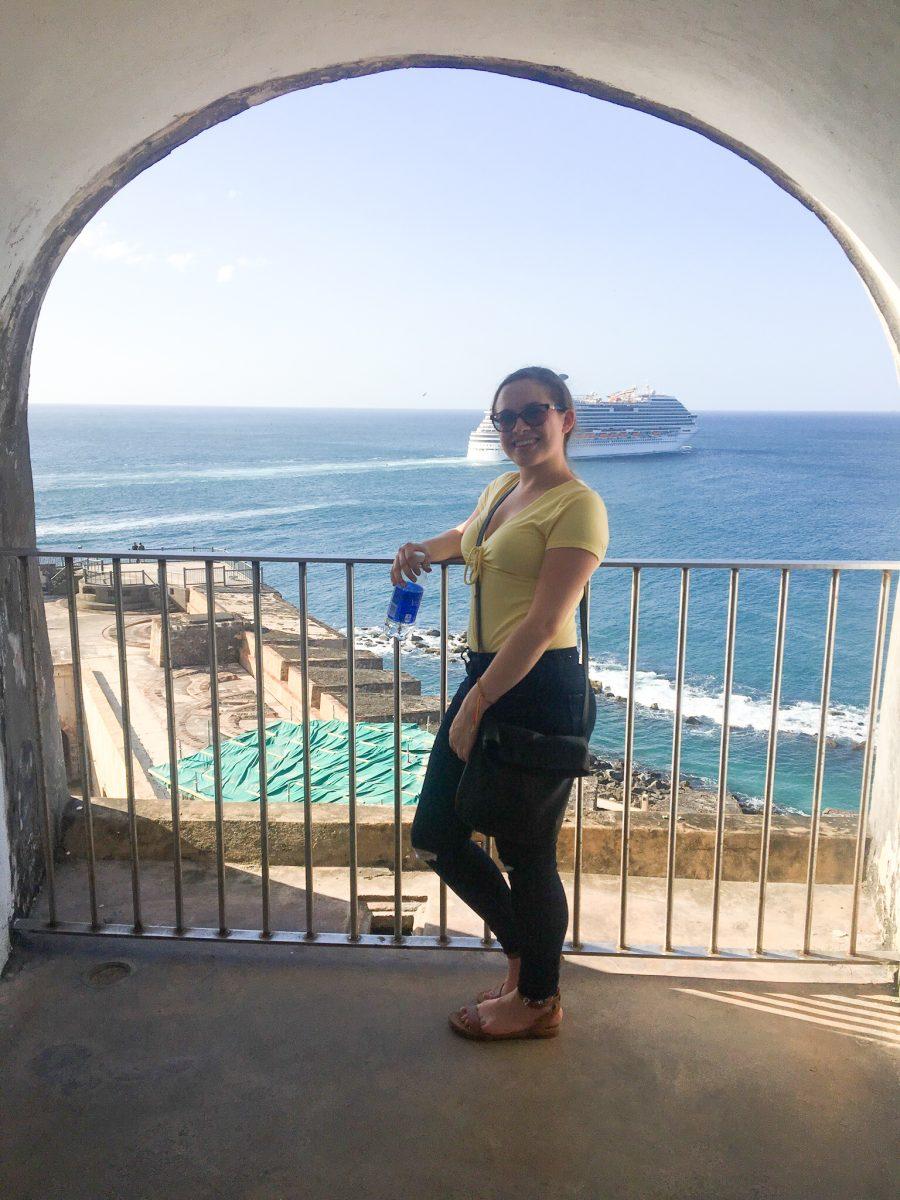Number of students increases
The number of undergraduate first-year students from Puerto Rico has increased almost three-fold since 2009, from 7 in the class of 2012 to 19 in the class of 2022, according to the St. Joe’s Office for Enrollment Management.
Karen A. Pellegrino, vice president for enrollment management, said the most recent data indicates there are currently 54 students from Puerto Rico enrolled at St. Joe’s, making Puerto Rico one of the top 12 states and U.S. territories in enrollment out of over 41 represented in the student body.
Pellegrino also said that the university’s presence in Puerto Rico in the wake of Hurricane Maria in September 2017 made an impact on recent enrollment.
“It showed that this was an institution that cared about them,” Pellegrino said. “When a lot of other places weren’t able to get down there, Saint Joseph’s made an effort to get down there and meet with students and I think that personal contact was extremely important for the results that we had last year.”
Maria Troncoso ’22 was at her home in San Juan when the hurricane passed over Puerto Rico.
Troncoso said this experience created at lot of uncertainty, especially because of the power failures and lack of communication.
“I knew what was happening, but I didn’t have access to media,” Troncoso said. “It was like living in a bubble and then it all shattered.”
Troncoso said she visited the university in May after meeting a St. Joe’s recruiter at her high school.
She said she decided to enroll because of the welcoming atmosphere of the school, the open and understanding attitude of the faculty and the university’s commitment to Puerto Rico’s welfare.
“We heard [St. Joe’s] even had a mass for us,” Troncoso said. “The university wanted to be there for us.”
Jennifer Cotler is an adjunct professor who has taught Spanish at St. Joe’s for over 20 years and was born and raised in San Juan, Puerto Rico. Cotler said during this unstable period for the island, the ongoing outreach from St. Joe’s gave students a positive impression of the university.
“I think that helping Puerto Rico really falls in line with [the Jesuit] mission and I do believe that St. Joe’s has always been a very big draw for Puerto Rican students,” said Cotler. “For sure, more now if they’re providing more admission and more aid.”

Other St. Joe’s students from Puerto Rico said they are happy about the greater representation of Puerto Ricans at St. Joe’s and they support the university’s diversity efforts.
Natalia Velazquez ’21, from Ponce in the southern part of Puerto Rico, said her experience at St. Joe’s has been positive, but the transition was difficult at first.
“I was raised with American TV shows, music and all that,” Velazquez said. “So I didn’t think I would have a culture shock, but I did.”
Several first-year students from Puerto Rico said the transition to college is easier when there are familiar people around them.
“It’s easier to adapt with all of us together,” Troncoso said. “It’s hard to be so far from home, so it feels like home when we all go through the same stuff together.”
Camila Morell-Camacho ’22 from Humacao, a municipality on the eastern coast of Puerto Rico, said that she visited St. Joe’s in summer 2018 after hearing about the university from Puerto Rican students already at St. Joe’s.
Morell-Camacho said meeting Puerto Rican students eased the tension of being in a new environment.
“It’s pretty cool, because we all quickly got to know each other pretty well seeing each other around campus,” Morell-Camacho said. “We just get along,”
Sara Ledesma ’22, also from San Juan, said that she visited St. Joe’s more than once and made her decision early. She said the amount of Puerto Ricans attending St. Joe’s influenced her decision.
“We’ve been with each other most of the time,” Ledesma said. “But, I study with other Americans [and] I’ve made a few friends in my hall.”
Troncoso said she and other students from Puerto Rico appreciate being viewed as individuals and not just as numbers.
“I applied to other schools and didn’t go because they were trying to reach a higher percentage of Latinos,” Troncoso said. “So we felt like another number and we were only there for that. Here, we were a part of the community and it wanted us here, so that meant a lot to all of us.”















































